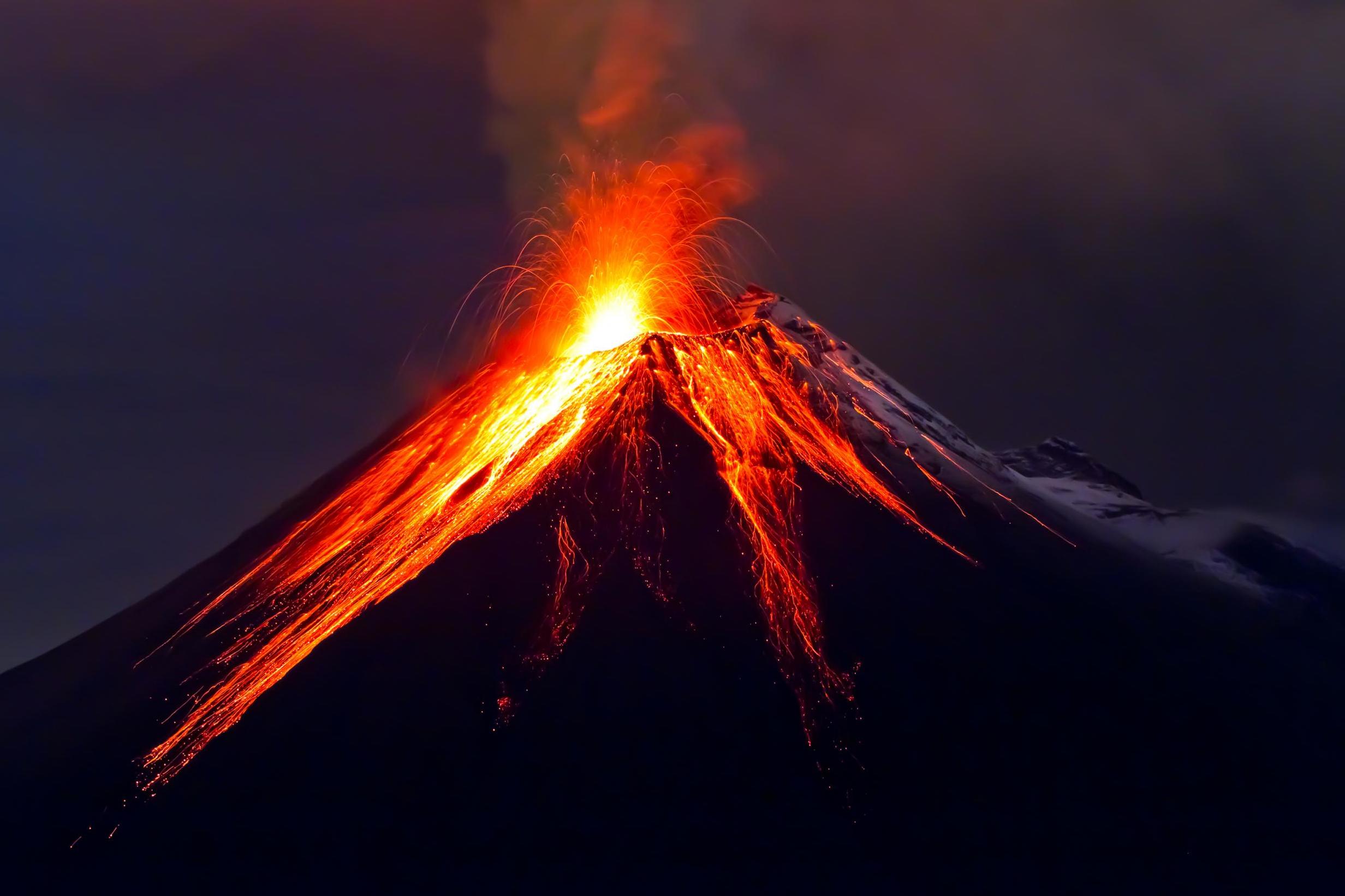Welcome to a comprehensive exploration of Iceland volcano eruptions, a natural phenomenon that has captivated the world with its fiery displays and geological significance. This article delves into the fascinating history, science, and impact of these eruptions, providing readers with a thorough understanding of what makes Iceland a hotbed of volcanic activity.
Key Takeaways
- Iceland is home to over 30 active volcanic systems, making it one of the most volcanically active regions on Earth.
- The island’s unique location on the Mid-Atlantic Ridge contributes to its frequent eruptions.
- Volcanic eruptions in Iceland have significant impacts on air travel, climate, and local communities.
- Understanding the science behind these eruptions helps in predicting future events and mitigating risks.
The Geology of Iceland: A Volcanic Hotspot

Iceland’s position on the Mid-Atlantic Ridge, where the Eurasian and North American tectonic plates meet, is the primary reason behind its volcanic activity. This geological setting allows magma from the Earth’s mantle to rise to the surface, resulting in frequent eruptions. The island is dotted with over 30 active volcanic systems, each with its own unique characteristics and eruption patterns.
The Role of the Mid-Atlantic Ridge
The Mid-Atlantic Ridge is a divergent tectonic boundary that stretches from the Arctic Ocean to the Southern Ocean. In Iceland, this ridge is exposed above sea level, creating a unique environment for volcanic activity. As the tectonic plates pull apart, magma rises to fill the gap, leading to eruptions. This process is continuous, making Iceland one of the most volcanically active regions on the planet.

Hotspot Volcanism
In addition to its location on the Mid-Atlantic Ridge, Iceland is also situated over a volcanic hotspot. This hotspot is a plume of hot material rising from deep within the Earth’s mantle. The interaction between the ridge and the hotspot results in increased volcanic activity, contributing to Iceland’s reputation as a land of fire and ice.
Historical Eruptions: A Timeline of Iceland’s Volcanic Activity

Iceland has a rich history of volcanic eruptions, some of which have had significant global impacts. Here are a few notable events:
- 1783-1784: Laki Eruption – One of the largest volcanic eruptions in recorded history, the Laki eruption released vast amounts of sulfur dioxide into the atmosphere, causing a drop in global temperatures and widespread crop failures in Europe.
- 2010: Eyjafjallajökull Eruption – This eruption gained worldwide attention for its disruption of air travel across Europe. The ash cloud produced by the eruption grounded flights for several weeks, highlighting the far-reaching impacts of Iceland’s volcanic activity.
- 2021: Fagradalsfjall Eruption – A more recent event, the Fagradalsfjall eruption attracted thousands of tourists and scientists to witness the spectacular lava flows. This eruption was notable for its accessibility and the stunning visual displays it produced.
The Impact of Iceland Volcano Eruptions
Volcanic eruptions in Iceland have a wide range of impacts, both locally and globally. These effects can be seen in air travel, climate change, and the local environment.
Air Travel Disruptions
The ash clouds produced by Icelandic eruptions pose a significant threat to air travel. Ash particles can damage aircraft engines, leading to flight cancellations and delays. The 2010 Eyjafjallajökull eruption is a prime example, as it disrupted air traffic across Europe for several weeks, highlighting the vulnerability of modern transportation systems to natural events.
Climate Effects
Volcanic eruptions can also influence the global climate. The release of sulfur dioxide and other gases into the atmosphere can lead to temporary cooling effects, as seen with the Laki eruption in the 18th century. These climatic changes can have cascading effects on agriculture, ecosystems, and weather patterns worldwide.
Local Environmental and Economic Impacts
In Iceland, volcanic eruptions can reshape the landscape, creating new landforms and altering existing ones. These changes can have both positive and negative effects on the local environment and economy. While eruptions can destroy farmland and infrastructure, they also attract tourists and provide opportunities for scientific research and geothermal energy development.
Predicting and Preparing for Future Eruptions
Advancements in technology and scientific understanding have improved our ability to monitor and predict volcanic eruptions. In Iceland, a network of sensors and monitoring stations provides real-time data on seismic activity, ground deformation, and gas emissions. This information is crucial for predicting eruptions and issuing timely warnings to minimize risks to human life and property.
The Importance of Volcanic Research
Ongoing research into Iceland’s volcanic systems is essential for improving our understanding of these complex natural phenomena. Scientists study past eruptions, analyze current activity, and develop models to predict future events. This research not only helps in mitigating the impacts of eruptions but also contributes to our broader understanding of Earth’s geological processes.
Embracing the Power of Iceland Volcano Eruptions
Iceland’s volcanoes are a testament to the dynamic forces shaping our planet. While they pose challenges, they also offer opportunities for scientific discovery and tourism. By understanding the science behind these eruptions and preparing for their impacts, we can coexist with these powerful natural phenomena and appreciate the unique beauty they bring to our world.






